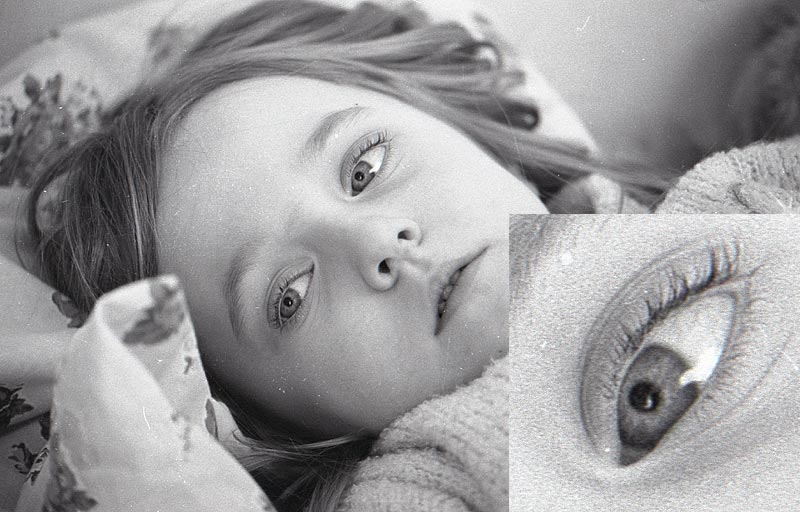sanmich
Veteran
David
I had the 3200, then the 4990, and my father had the 4870.
The old 3200 was good.
After some (quite a lot) of experimentation, including a top unit replacement , I have reached the conclusion that these model suffer from a serious focus issue. On both the 4990 and 4870 samples I tested, the focus was clearly better on some areas than on others, meaning that depending on where you place the neg, you get a sharp image or you don't.
BTW, I also have tested my Nikon 5000, and getting focused images is not trivial either, but at least you can choos the focus area, and the dedicated holder helps a lot.
Good luck with your new scanner!
I think you have a dead pixel. You should send your machine for waranty repair.
I had the 3200, then the 4990, and my father had the 4870.
The old 3200 was good.
After some (quite a lot) of experimentation, including a top unit replacement , I have reached the conclusion that these model suffer from a serious focus issue. On both the 4990 and 4870 samples I tested, the focus was clearly better on some areas than on others, meaning that depending on where you place the neg, you get a sharp image or you don't.
BTW, I also have tested my Nikon 5000, and getting focused images is not trivial either, but at least you can choos the focus area, and the dedicated holder helps a lot.
Good luck with your new scanner!
3. Nearly every scan on the Plustek 7600i has a black vertical line that runs from the very top of the scan to the very bottom.
I think you have a dead pixel. You should send your machine for waranty repair.







